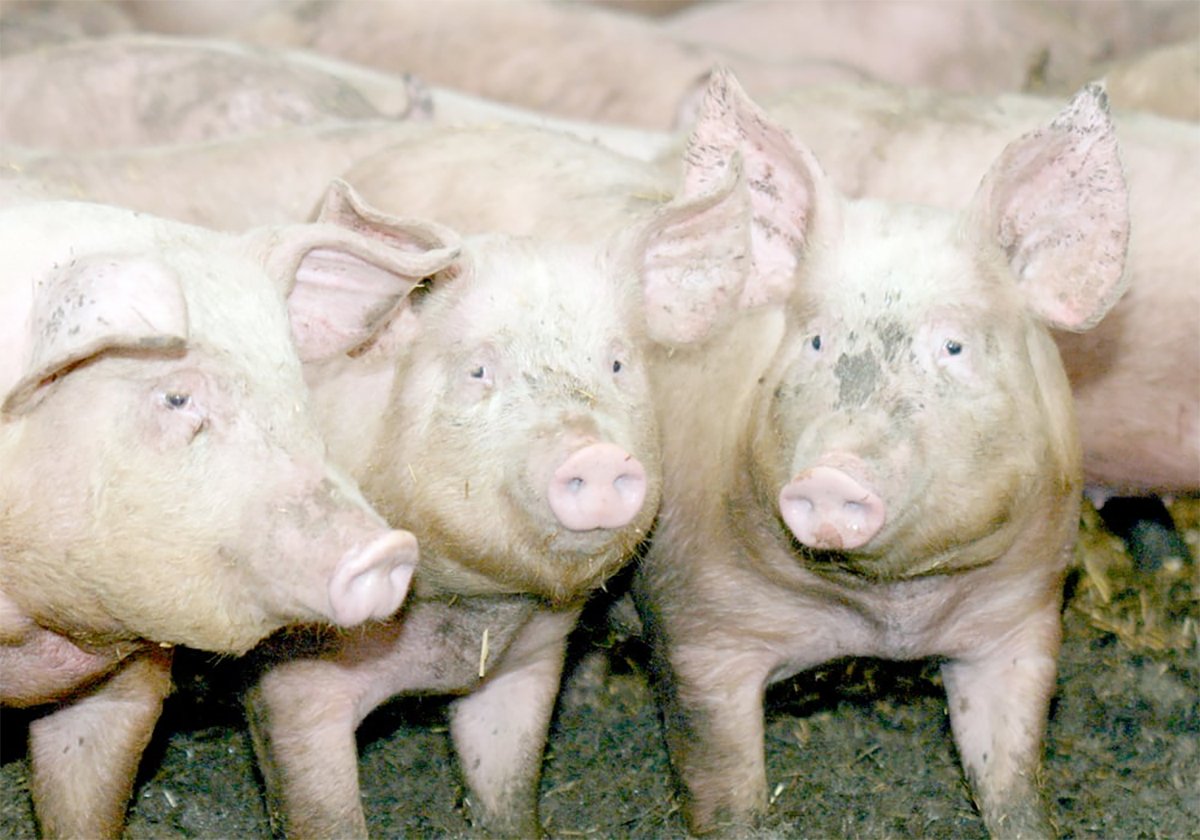Fencing, baiting, shooting | Producer says managing herd will minimize threat
HUMBOLDT, Sask. — Predation control is paramount for producers of small ruminants, but controlling threats from aggressive animals is more complicated than just killing coyotes, said Gord Schroeder of the Saskatchewan Sheep Development Board.
And while these challenges aren’t going to go away, they shouldn’t prevent goat and sheep producers from prospering, he told a recent multi-species grazing conference in Humboldt, Sask.
An educated producer will learn to understand the threats posed by predators and manage them by adopting a multi-pronged approach.
“I’ve been told many times all coyotes are problem animals, and I will disagree with you,” said Schroeder, who had a flock of several hundred sheep for almost three decades.
Read Also

The Western Producer Livestock Report – November 13, 2025
Western Producer Livestock Report for November 13, 2025. See U.S. & Canadian hog prices, Canadian bison & lamb market data and sales insights.
“When we were out on our farm, I had coyotes running through my flock on a regular basis. I had coyotes within a quarter mile of my house. I just left them alone because they weren’t causing me a problem.”
A now discontinued provincial bounty program removed more than 70,000 coyotes in Saskatchewan in recent years.
While not speaking about that program specifically, Schroeder advised against trying to remove all coyotes in a region.
Focus instead on problematic animals, he said. If there are coyotes in an area that aren’t bothering livestock, removing them may only create available territory for a more aggressive animal.
“Anytime you use any of these tools and don’t do it properly, you put other animals at risk, other species at risk and you put yourself at risk by educating coyotes to make the problem more difficult to deal with.”
Not all coyotes are killers, said Schroeder, but they are opportunists, preying on dead, sick, weak and small animals in herds and flocks of goats and sheep.
Producers can minimize risks by using a combination of tools and strategies, including calling, baiting and shooting animals, but Schroeder warned the animals will adapt. The threats will be managed not by employing one tool, but a combination of them, he added.
He said producers should watch for vulnerable and nervous animals, remove dead animals from flocks and corrals and look for signs of a coyote kill, such as neck wounds and disturbed soil and grass.
Schroeder endorsed in-vessel burials and composting as ways to re-move carcasses while reducing interest from predators.
“If you think you’re going to build a fence that’s coyote proof, spend your dollars on a good guardian animal,” he said. “It’s a lot easier than building a coyote proof fence.”
An Peischel, a small ruminant specialist at Tennessee State University, also endorsed guardian animals, especially dogs, that can be bonded to any livestock.
However, a good animal can be hard to find, training requires dedication and patience and producer experience can vary.
“It is not cheap to buy very good dogs that have experience, but they will save you a lot of money in the long run,” she said.
Brian Payne, manager of Caprina Farm & Ranch near Jansen, Sask., has been overseeing a team of guardian dogs since July as they watch a herd of goats grazing alongside cattle at the Wolverine community pasture. The goats are contained only by the normal perimeter fencing.
In early September, Payne said he had only one dead animal, an older nanny.
“I haven’t seen any herd behaviour change…. They don’t act like they’re under serious predation pressure,” he said. “But to think that I haven’t maybe lost a kid … I’d be a fool. I just won’t know that number until the end of the summer.”
Payne’s herd is part of a demonstration project examining the benefits of multi-species grazing on the Prairies.
“We’re going to learn to manage our problems and we’re going to grow in spite of coyotes, in spite of predation,” said Schroeder. “If we use that excuse — ‘we can’t do this because of predation’ — we aren’t going anywhere as an industry.”














